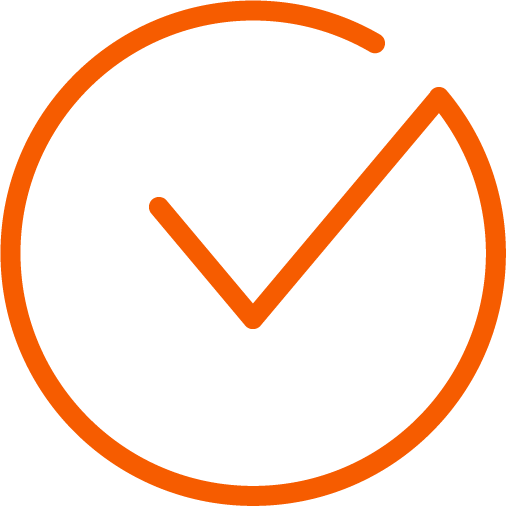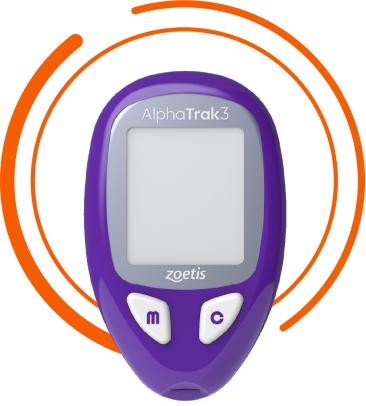


WHAT’S NEW:
AlphaTrak® 3 Glucose Monitoring System
Accurate1,2 blood glucose monitoring just got an upgrade with the AlphaTrak 3 At-Home Monitoring System. Calibrated specifically for dogs, cats and horses, it makes glucose testing easier than ever before.
Wherever your patient is, we’ve got you covered
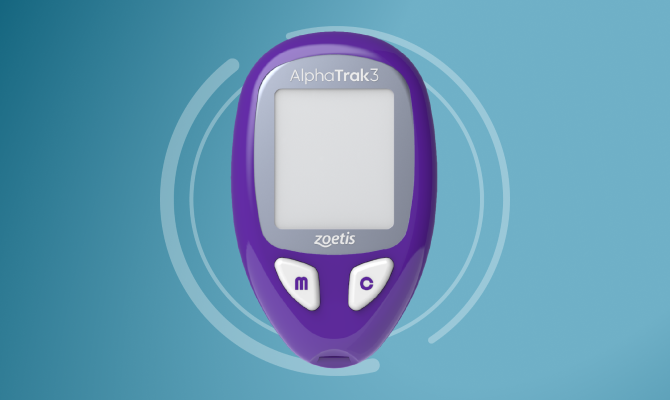
AlphaTrak 3 Glucose Monitoring System
The convenient, handheld glucose pet analyser for accurate1,2, reliable glucose monitoring with simple testing and easy-to-read results.
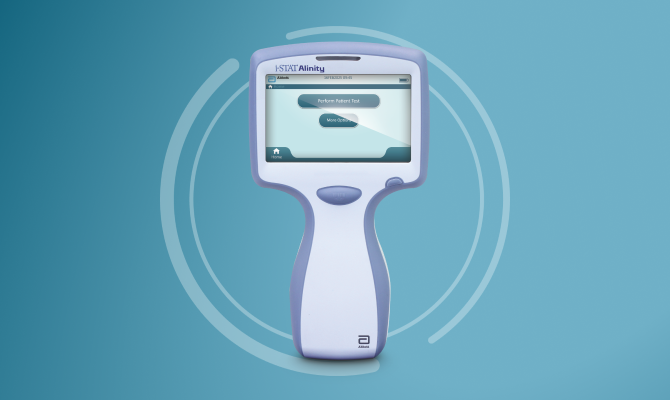
i-STAT Alinity v
The easy-to-use handheld vet analyser provides rapid guidance on chemistry, acid-base and haematologic parameters across multiple different test panels.
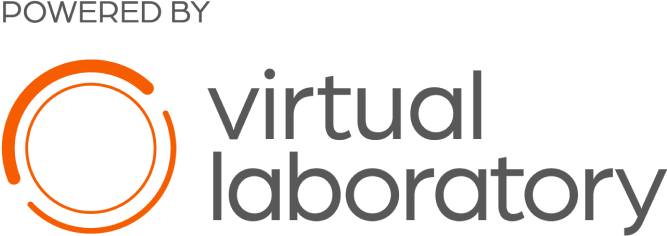


Bringing specialist-level medicine to your clinic
The Zoetis Virtual Laboratory offers deeper diagnostic insights that elevate patient care through combined in-clinic and online workflows. With point-of-care analysers and specialist support through clinical consultations and pathologist reviews, it empowers you to make fast, confident treatment decisions from the very first appointment.
- Anytime* expert support
- Best-in-class AI
- Connected diagnostic insights
Discover the difference Zoetis Handheld Analysers can make in your clinic
Contact us today to learn more about how our diagnostics portfolio can help elevate your patient care.
Customer Service Ordering
1800 022 442
customerservice.au@zoetis.com
Mon-Fri, 8:00am - 6:00pm AEST
Zoetis Diagnostics Technical Support
Monday - Friday 24 hours
Saturday until 5 pm AEST
1800 270 727
Mon – Thurs:
Need Technical Support?
Our support team is available to answer product questions and provide guidance.†
*Dependent on consultant availability.
†If you are a pet owner looking for treatment recommendations, please contact your veterinary surgeon.
References: 1. Data on file, Study Report No. D876RUS-21-040, 2022, Zoetis Inc. 2. Data on file. Study Report D850R-US-22-005, Zoetis Inc. 3. Burke JE, Nguyen TH, Davis T, et al. Evaluation of the i-STAT Alinity v in a veterinary clinical setting. Journal of Veterinary Diagnostic Investigation. 2021 1-8.20201:1. doi: 10.1177/10406387211019710




